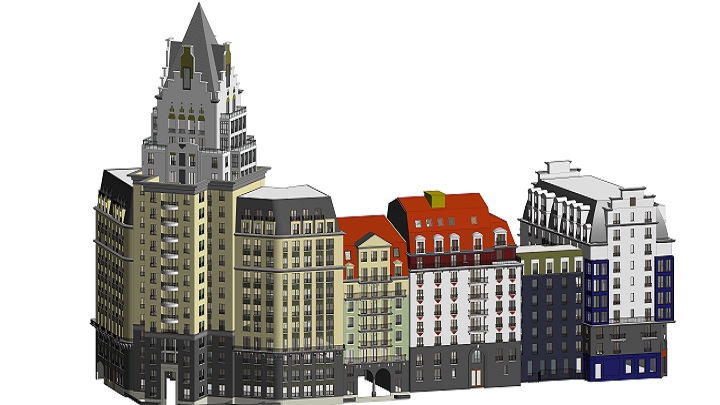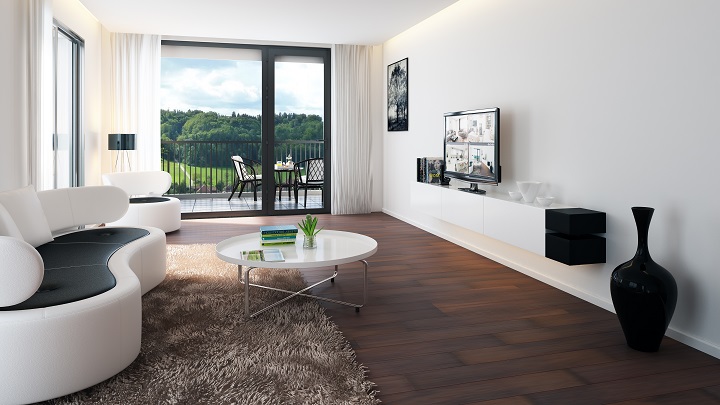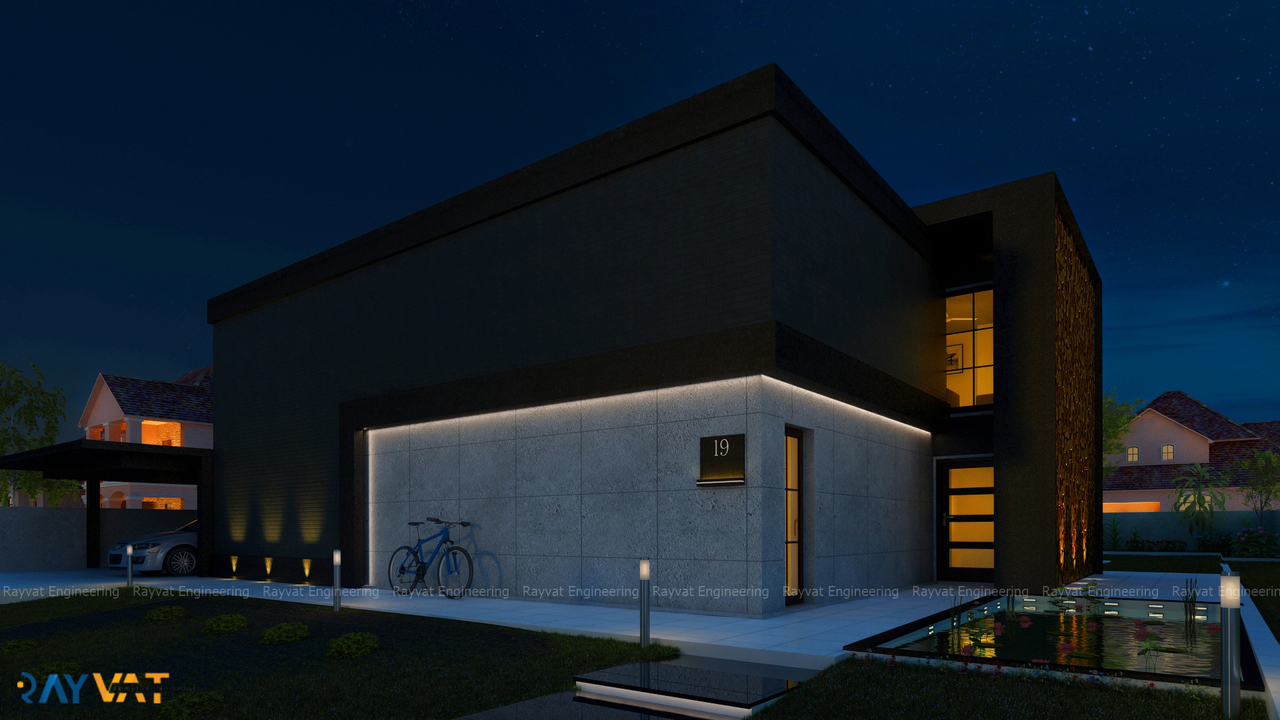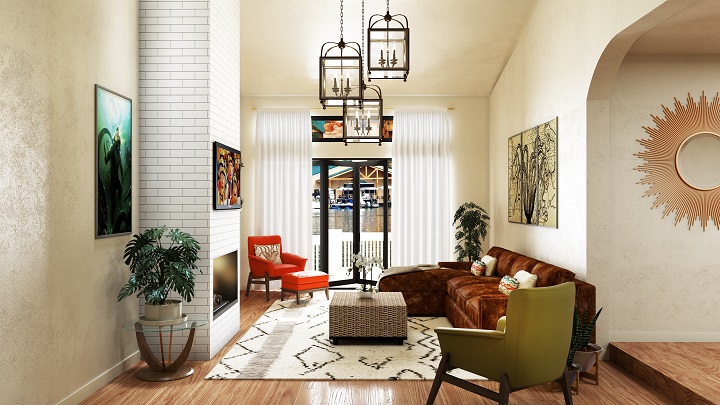
7 Ways Architect-Client Relationships Can Be Strengthened by 3D Rendering Technology
3D rendering in architecture provides significant advantages that improve projects' management and technical elements. Although technologies such as BIM, AR, and 3D photorealistic visualization are crucial, the success of an architectural project is mostly dependent on the strength of the relationship between the architect and the client. A successful partnership requires mutual understanding and effective communication. Here are some ways that using 3D technologies can enhance client-architect interactions and result in better project outcomes.

1. Including Customers in the Process of Design
Through accurate 3D models, clients may participate more actively in the design process. Clients can see the project in detail and provide well-informed input when architects provide lifelike representations of the suggested ideas. This method makes it easier for clients to comprehend and participate in the design by removing the need for them to interpret technical drawings. Client satisfaction with the finished design is ensured and the professional relationship is strengthened as a result of the clients feeling more confident and involved in the process.

2. Illustrating the Significance of Design Decisions
Superior 3D renders are essential for demonstrating the advantages of high-end materials and intricate design features. Clients are better able to appreciate these aspects and comprehend why particular design decisions are worthwhile when they are presented in a realistic setting. By balancing apparent value with high-end materials and intricate design elements, and making sure that clients recognize the value of their investment, this visual depiction aids architects in justifying their use.

3. Displaying Several Design Iterations
Three-dimensional rendering significantly improves the capacity to show several design possibilities. In contrast to conventional hand-drawn sketches, 3D images are easily updated and changed to reflect new information. Architects can effectively present several design iterations to clients thanks to this versatility. Architects may facilitate a more collaborative and efficient design process by ensuring that clients' preferences are appropriately reflected and reducing misconceptions through the provision of updated images of various possibilities.

4. Making Comprehending Complex Design Solutions Clear
When attempting to convey technical solutions for complicated architectural problems, such as building on uneven terrain, 3D visualizations prove to be an essential aid. These intricate illustrations aid clients in comprehending the need for specific design modifications and the reasoning behind intricate solutions. Architects may ensure that clients are on board with the necessary design revisions by facilitating client acceptance and reducing potential conflicts by clearly and understandably presenting these features.
5. Verifying the Project's Viability
With the use of BIM technology, comprehensive 3D models and simulations that evaluate a project's viability can be created. With the use of technology, architects can now recognize possible hazards and verify that the project is doable and feasible. Architects can avert unforeseen setbacks and cultivate a dependable professional connection by reassuring clients and establishing trust by showcasing the project's viability and lack of major concerns.

6. Evoking the Ambience of the Project
Photorealistic 3d renders can successfully capture the intended ambiance and vibe of a room. Architects can assist clients in experiencing the project's ambiance before construction by providing images of the project at different times of day and weather. This feature boosts clients' confidence in the design and enables more informed decision-making by helping them understand the intended vibe of the project.
7. Guaranteeing Precise Performance
The provision of precise and comprehensive construction documentation is another important function of BIM technology. By assisting architects in tracking progress, estimating expenses, and making sure that the construction follows the design, this technology helps ensure that projects are executed accurately. Precise tracking and thorough documentation facilitate a smoother, more efficient construction process that reduces errors and increases client satisfaction.
In brief
Architects can greatly improve project outcomes and their relationships with clients by using 3D technologies in their business. Stronger professional connections and successful projects are the result of these tools, which also help to assure proper project execution and demonstrate the worth of design choices.
Get in touch with us right now for more details on how Rayvat Rendering Studio can help your architecture projects with photorealistic renders, animations, and interactive 3D tours. Our commitment is to support you in creating strong client relationships and achieving exceptional outcomes.
